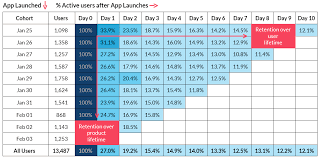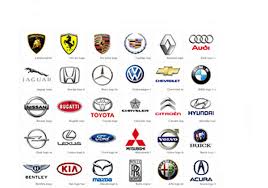More OEM’s Offering Subscriptions
Over the past weeks, we have seen more announcements from OEM’s intending to become Transportation as a Service — TaaS — providers. Nissan announced a subscription pilot called Switch. And Hyundai announced a partnership with the startup Canoo. Canoo intends to offer its vehicles only by subscription.
New Metrics for New Challenges
For these companies to be successful in a TaaS business, they will need to learn lessons from service businesses that came before them. And importantly, they will need to learn all new ways to measure business performance.
OEM’s are accustomed to measuring customer satisfaction in terms like Quality, Durability, and Performance. These are all product metrics, and they are the metrics that matter if the main objective is to sell the customer an expensive product once every couple of years. But how should metrics change when the customer is buying a service, with the ability to cancel or change every day? In that world, Engagement is Everything.
Metrics for a Services Business
I was reminded of the power of Engagement when I had a chance to listen to the weekly “a16z” podcast from Andreessen Horowitz. The title of the podcast was “Metrics and Mindsets for Retention and Engagement.” The purpose of the podcast was to provide an overview of the key metrics that have been used by some of the internet’s giants, like Facebook or Pinterest or AirBNB. These same metrics have been used in automotive service businesses like OnStar or SiriusXM. Some key takeaways:
Think in terms of three key metrics: Acquisition, Engagement, and Retention.
- Acquisition is how many customers were added in a given time period
- Engagement is how frequently those customers use the service, and how many of the services they use
- Retention is how many stay with your service in any time period
Of these three, Engagement is the most critical. It predicts Retention and its opposite: Churn
- Engaged customers stay longer
- Engaged customers are happier
- Engaged customers recruit other new customers
- Engaged customers spend more on your services
A service provider needs to be great at measuring and tracking Engagement
- Watch how engagement changes over time from new users to experienced users
- Compare engagement for different cohorts of users, and drive to increase engagement as a core business metric
- Compare engagement for different types of users
- Understand what behaviors predict increased or decreased engagement
And a service provider needs to test and learn relentlessly
- Test different ways to create the best new customer onboarding experience and launch early engagement
- Test different methods to drive greater and more frequent engagement
- Test methods for re-engaging customers who have fallen off
- Test methods for preventing Churn
Takeaways for an OEM moving into TaaS:
So what does this have to do with the TaaS plans of the major OEM’s? Isn’t Nissan’s Switch or Canoo’s subscription just another form of auto financing — building the cost of maintenance and insurance into one monthly price? Without a focus on Customer Engagement, they will be, and I think they will likely fail to attract (and retain) large numbers of customers. With a focus on engagement, though, these services have the potential to create real value for customers. Because another way to think about engagement is to ask how often the customer is coming to the TaaS provider for additional help and additional service solutions. Engaged customers will keep coming back to their service providers for additional transportation problems and — if they’re good — those providers will keep coming up with more and better solutions.


